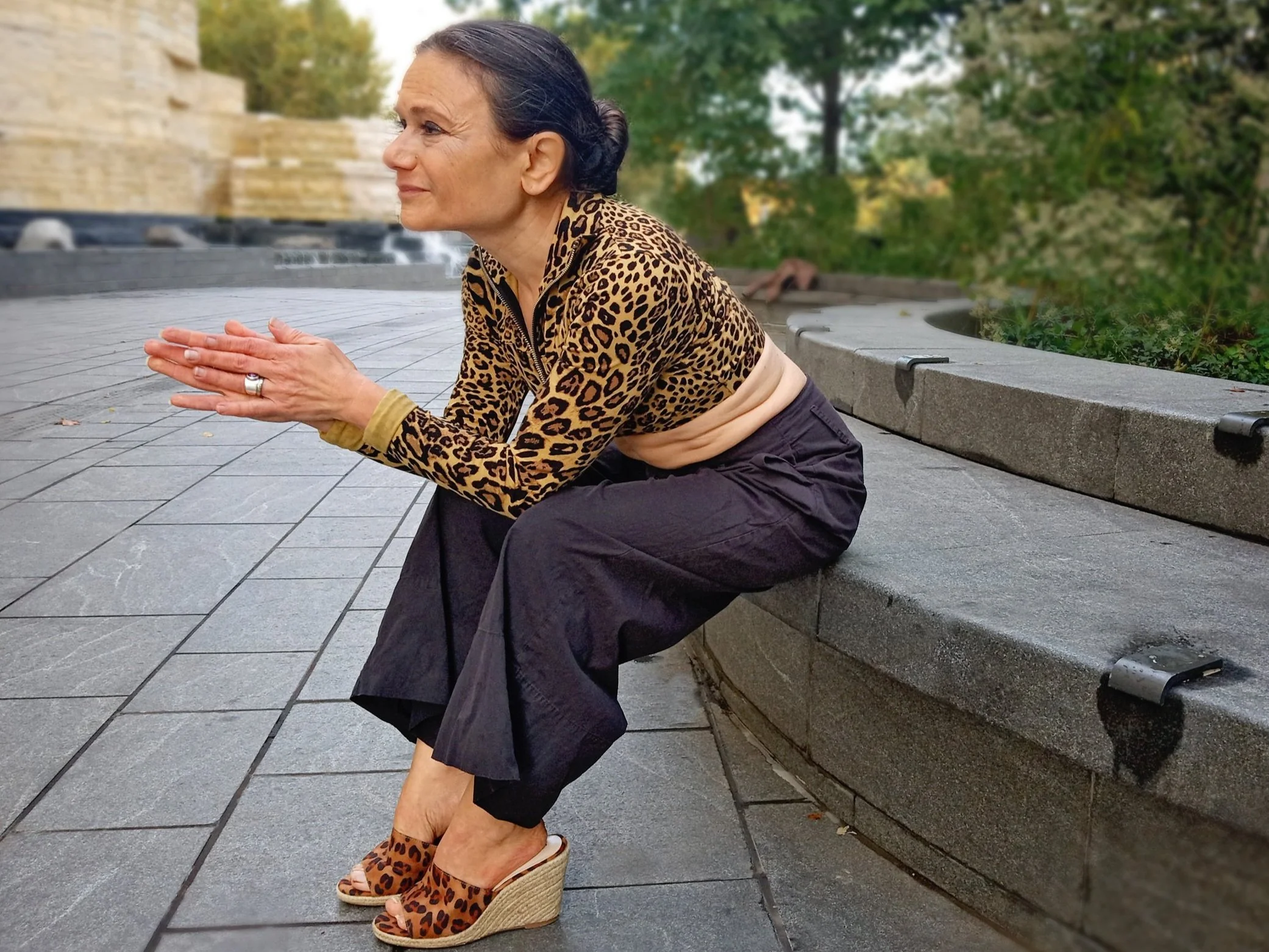Zadie Smith’s The Fraud and the Journey of Identity
On first reading of Zadie Smith’s The Fraud, I was struck by how deeply her exploration of identity and reintegration resonated with me. Having spent much of my life with one foot on either side of the Atlantic, I’ve lived through the subtle yet profound shifts that come from moving between cultures.
There’s a particular disorientation - and possibility - that comes with that kind of movement. You’re not just learning to live in a new place; you’re learning to remake your sense of home. To ask: what grounds me now? What do I carry forward, and what do I release?
Smith captures the messy, beautiful process of recalibrating who we are when life shifts dramatically—something that’s also at the heart of my novel, and a journey I’ve found yoga can help us navigate.
The Fraud as a Meditation on Reinvention
Smith’s choice to center her novel on the Tichborne Trial—a case rooted in questions of authenticity and imposture—feels especially relevant in today’s world. Her move back to the UK after years in the US during COVID adds an intriguing layer. That period of global introspection seems to have informed her narrative, turning the novel into more than historical fiction. It’s a meditation on how we process, digest and integrate new experiences into our identities - and how the places we return to don’t always feel the same when we get there.
Just as Smith’s narrative unfolds in layers, life’s transitions often require us to pause, reflect and find our footing again. Something so hard to do and where yoga’s techniques are powerful in my life - whether it’s grounding myself through movement, calming the mind with breathwork, or simply learning to sit with the discomfort of change. These practices have helped me understand that home is often something we have to reimagine and re-inhabit, again and again.
My Personal Connection: Living Between Two Worlds
This theme of integration is something I know intimately. Living across cultures has shaped my sense of self in ways both exhilarating and challenging. Each move between the US and the UK has demanded a recalibration - a balancing act of honoring the past while embracing the present and the future. And with every return - whether to a flat, a city, or a set of family memories - I’ve had to ask what it means to belong, and how to build a sense of home that isn’t just inherited, but chosen. I don’t think it’s an accident that Smith wrote The Fraud after returning to the U.K. from years spent in the U.S. There’s something about re-entering the familiar that forces you to see it with fresh eyes.
These experiences inspire the heart of my novel, which explores how shocking family revelations can destabilize everything you thought you knew about yourself. It’s about rediscovering who you are when your foundation is shaken, and what it means to create a new sense of home - one rooted not just in geography, but inside yourself.
Mirrors to Life’s Transformations
What I admire about The Fraud is how Smith turns historical events into a mirror for personal and collective identity. The patchwork style of the novel reflects the non-linear, often chaotic process of reinvention—a process I’ve experienced firsthand and one I explore in my writing. My novel inhabits that liminal space between chapters in life where we are grieving the end of one chapter - sometimes with literal grief - yet have to open up to what the next chapter will hold.
It’s that messy process that Smith’s novel captures so well.
While Smith’s novel grapples with questions of public and private authenticity, my own work delves into the intimate, often hidden ways, our identities are shaped by family and our own history. Yet both stories, share a belief in the transformative power of self-discovery—and the role place identity plays in shaping our life.
Whether you’re moving between continents, uncovering long-held family secrets or simply navigating the inevitable changes of life, we all experience moments that force us to redefine who we are - and to ask what home and identity looks and feels like now.
These moments can be disorienting, but also deeply transformative. It’s something we build and carry forward. Something that can expand and evolve with each chapter we live.
